General
ON CAMERA: Punjab police angrily slaps woman during farmer protest in Gurdaspur
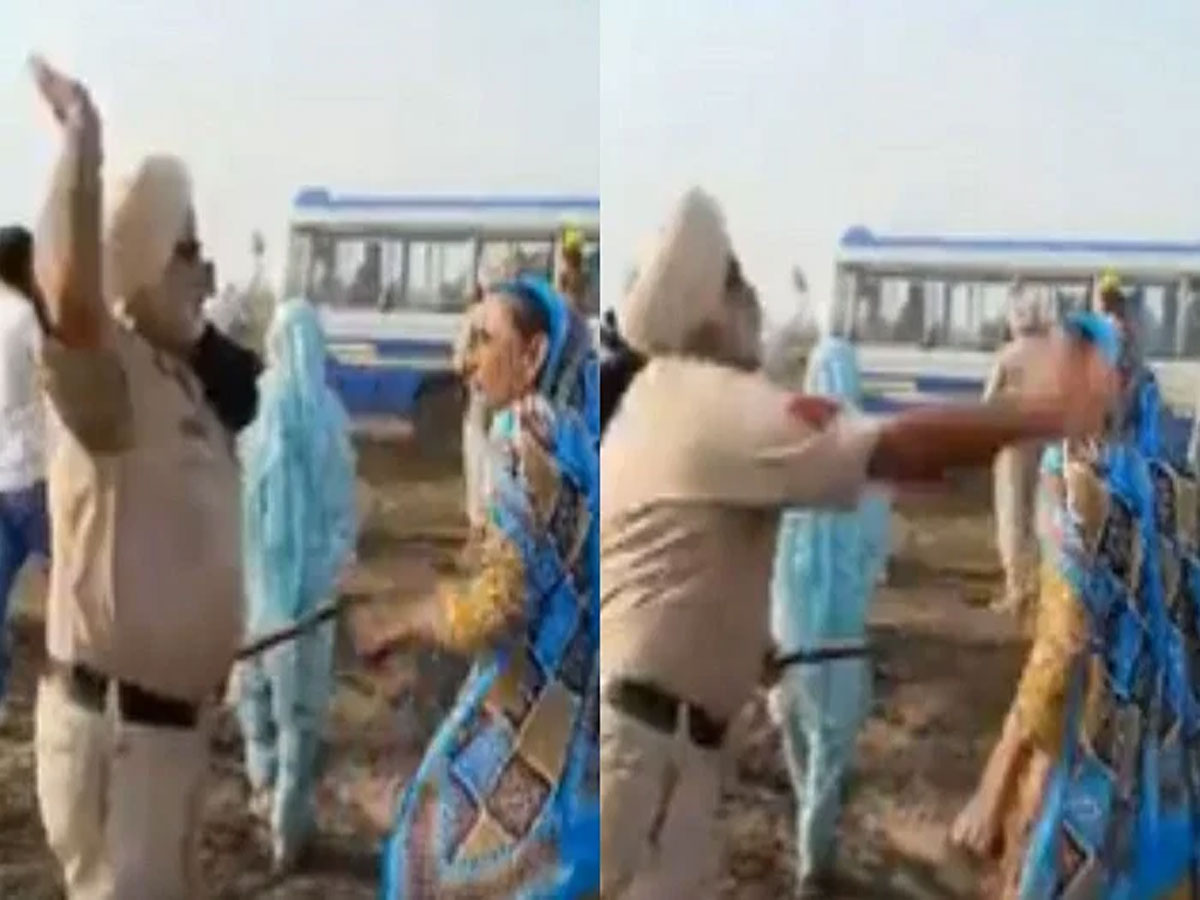
A chilling video from the farmers protest in Punjab has surfaced online and it shows a policeman angrily raising his hand over a female protestor. The footage has gone viral and triggered the wrath of people over the incident concerning police officials’ treatment towards the public there.
A policeman with a stick in his hand was caught on camera slapping a woman after an argument between the duo. She was slapped by the official and made to walk away from the scene. After the policeman expressed violence, another cop tried to take control the argument and calm the angry police down.
Watch Video:
The footage reportedly comes from the farmers protest at Punjab’s Gurdaspur district. The incident questioned the situation and lead to claims that police used force to deal with farmers protesting over land acquisition on Delhi-Katra national highway (Bharatmala project).
General
Pongal 2024: Mumbai Celebrates Harvest Festival Reflecting Rich Tamil Culture
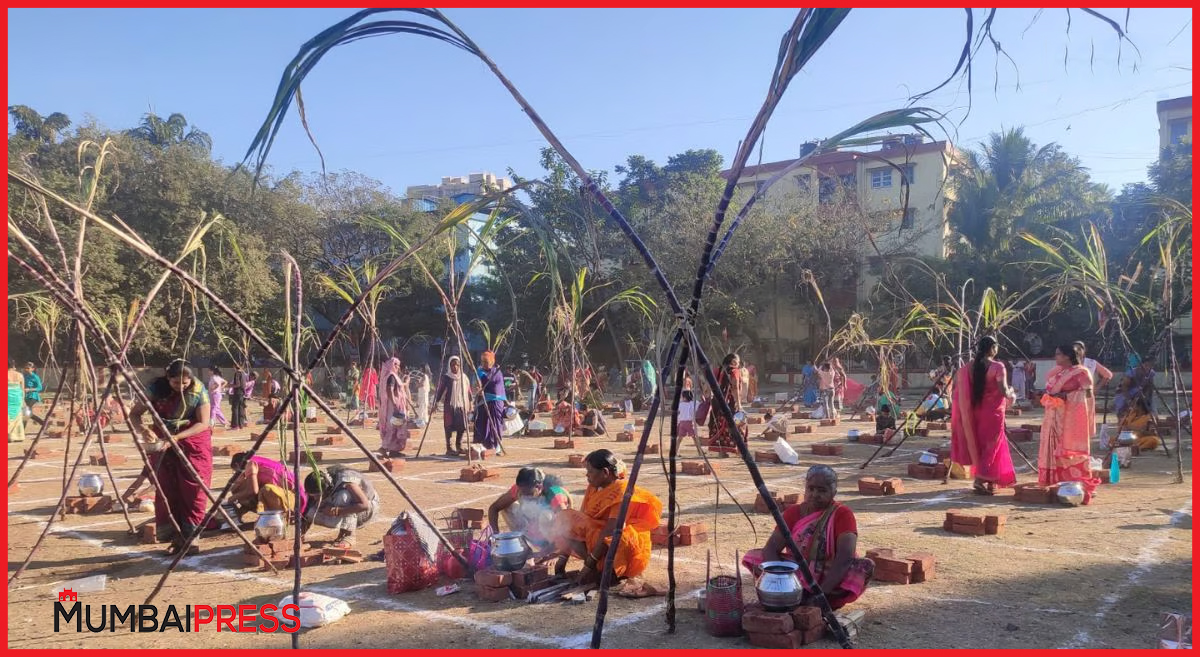
Nearly 2000 people participated in Pongal festivities in and around Antop Hill on Monday. Mass Pongal celebration was carried out across various locations of the Sion Koliwada constituency and was facilitated by MLA Captain R Tamil Selvan who continues to organise these events embracing the harvest season and Tamil culture for more than a decade now.
In a beautiful display of cultural richness, locals dressed in traditional attires prepared Pongal reciting folk songs, raising the festival mood. The event saw them setting up their Pongal pots in the midst of sugarcane, flowers, and rangolis. The celebration was notably marked at the Antop Hill Cement Ground with about a thousand people lifting the festival spirit on the auspicious day. Other areas that observed Pongal on a grand scale included New 90 Feet Road, Kamaraj Nagar, Vijay Nagar, and the Malai Mariamman temple in Naik Nagar among a few others.
Captain Selvan was seen visiting the spots and joining the public in the celebration. “Pongal is associated with agriculture. Tamilians of various religious beliefs celebrate this festival together without any discrimination. This is the significance of Pongal,” he said while extending Pongal greetings.
The event was not confined to only the Tamil-speaking people celebrating the occasion as it saw women from diverse cultural backgrounds mark the festival. While Tamilians gathered there to celebrate Pongal, others enjoyed the Makar Sankranti festivities in the region with similar rituals involving boiling water and preparing food in their pots.
“Pongalo Pongal” chants were heard during the celebration as women prayed to seek prosperity for their families while boiling and expecting their pots to overflow with the Pongal preparation.
Throwing more light on the harvest festival, the MLA acknowledged that the first dam built in the world was built by Karikala, a Tamilian. “Tamilians introduced the concept of building dams to stop running (river) water and distribute it for agricultural usage. Karikala from the Chola Dynasty constructed the Kallanai Dam over the Kaveri River running in Trichy.”
Several people admire the Tamil language and its treasurable culture, including PM Narendra Modi who recently inaugurated the Kashi Tamil Sangamam at Namo Ghat in Varanasi and mentioned about Pongal and remembered prominent Tamil personalities like Subramania Bharathiyar, Bharathidasan, and Thiruvalluvar.
General
Ram Temple Consecration: Tailor Awaits Ram Lalla’s Measurements Causing Delay In Making Of Sacred Garments
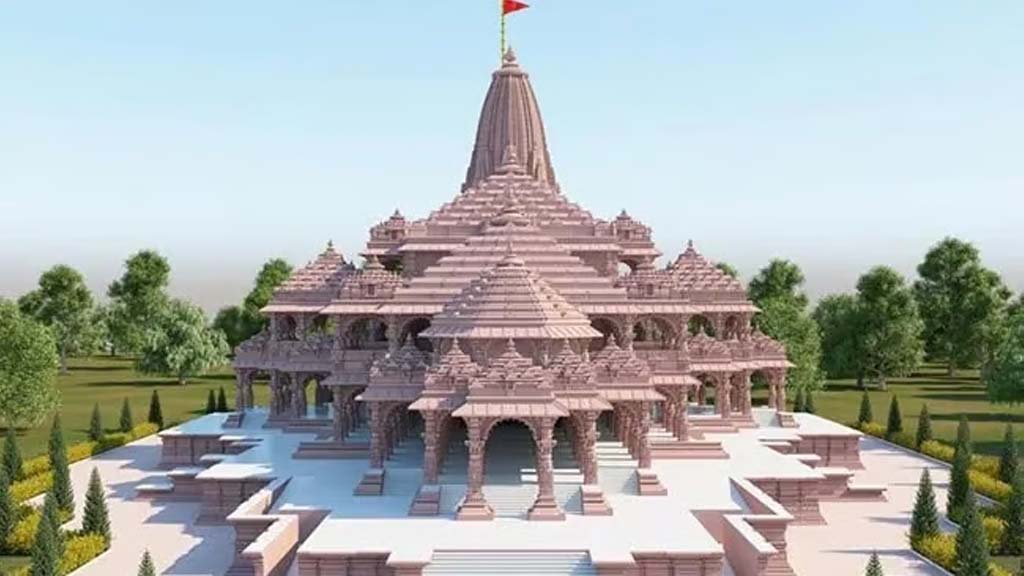
Lucknow: In the vicinity of Vashishtha Kund, the rhythmic hum of machines in the workshop of Bhagwat Prasad Pahadi, the tailor entrusted with the crafting of attire for Ram Lalla, kept playing out.
However, an unexpected hurdle has brought the needle and thread to a temporary pause. The Shri Ram Janmabhoomi Teerth Kshetra Trust is yet to provide the crucial measurements of the idol of Ram Lalla, and thereby, work on sewing the sacred clothing is pending.
Tailor Says, ‘All The Garments Will Be Ready In 2 Days’
Bhagwat Prasad Pahadi expresses his predicament, stating that without the necessary measurements from the trust, he cannot stitch the clothes of Ram Lalla. Once the green signal is received, he assures that all the garments for Ram Lalla will be ready within a maximum of two days.
Currently, Bhagwat has readied three distinct costumes for the revered idol one in white, another in yellow, and the third in red. Champat Rai has so far revealed that the idol will be 51 inches tall and ‘shyamvarna’ (dusky). But he is yet to reveal other specifications.
Sacred pause not with standing, Bhagwat is inundated with orders from devotees not only within the state but across the country. Calls are pouring in from Jaipur, places in Madhya Pradesh, Makrana, Gujarat, and Haridwar, highlighting the widespread demand for Ram Lalla’s attire.
“So far, I have made over 25,000 dresses and more orders are pouring in. This shows the devotion and faith of the people in Ram Lalla,” he said.
The meticulous work of crafting the wardrobe for Ram Lalla involves a budget of approximately Rs.10,000. This comprehensive set includes three curtains, a large bedsheet, six smaller bedsheets, six dupattas, and a quilt.
Bhagwat said that each day is dedicated to a specific colour for Ram Lalla’s attire. White on Monday, red on Tuesday, green on Wednesday, yellow on Thursday, cream on Fridays, blue on Saturday, and pink on Sunday. This adherence to a weekly colour code adds a symbolic and spiritual dimension to the attire.
Despite the challenges posed by the delay in measurements, Pahadi remains committed to his craft and awaits the necessary information from the trust. The intricate detailing and significance attached to each garment reflects the dedication of not only the tailor but also of the countless devotees, who eagerly anticipate the completion of the task.
As Ayodhya continues to be a focal point of spiritual and cultural significance, the meticulous preparation of every element associated with the revered deity stands as a testament to the devotion and reverence that abides in this sacred city.
General
Mumbai’s Marine Drive Witnesses Spectacular Aerial Display By IAF In Co-ordination With Maha Govt
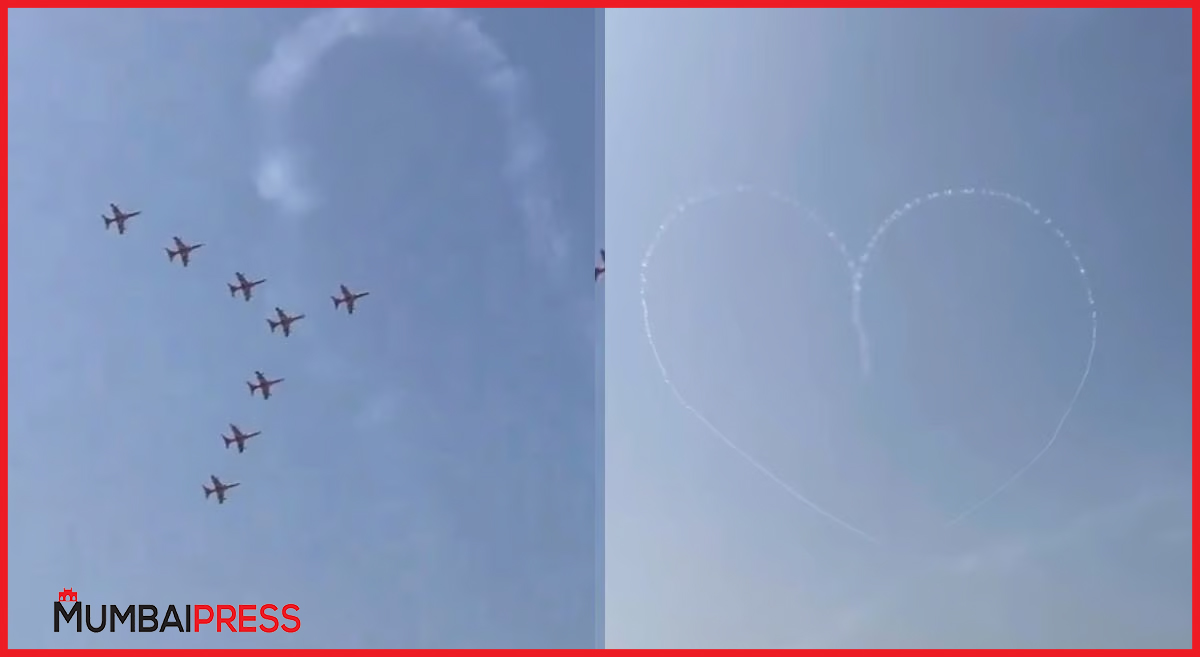
Mumbai witnessed a spectacular aerial display by the Indian Air Force in co-ordination with the Government of Maharashtra on Friday between 12 pm to 1 pm. With powerful demonstrations and captivating energy, the event took place over Marine Drive and will include aerobatic displays by the Suryakiran Aerobatic Display Team (SKAT) and the ‘Sarang’ Helicopter display team. The display will take place daily 12 pm to 1 pm till 14 January 2024.
Event by IAF & Maha Govt
The Indian Air Force (IAF) in collaboration with the Shiv Sena leader and chief minister Eknath Shinde-led Maharashtra Government had announced the “Mumbai Air Show 2024″. The show includes aerobatic displays by the Suryakiran Aerobatic Display Team (SKAT) and the ‘Sarang’ Helicopter display team.
The official statement in which the announcement was made said that Mumbai Air Show 2024 would feature a diverse range of aerial activities, including a flypast and low-level aerobatic display by the Su-30 MKI, freefall and parachute displays by the ‘Akashganga’ team and C-130 aircraft.
Suryakiran Aerobatic Team designated as a brand ambassador for IAF
Established in 1996, the Suryakiran Aerobatic Team has been designated as a brand ambassador for the Indian Air Force. It is a part of the 52nd Squadron of the IAF. The team is composed of 13 pilots and operates Hawk MK 132 aircraft, according to news agency.
The Indian Air Force organised the aerial display in Mumbai as part of its outreach program in co-ordination with the Government of Maharashtra. The outreach programme aims to create awareness and foster a deeper connection between the Indian Air Force and the local community. A defence spokesperson said, “The captivating displays and demonstrations will showcase the skills, capabilities, and professionalism of the IAF.”
-

 Crime2 years ago
Crime2 years agoClass 10 student jumps to death in Jaipur
-

 Bollywood11 months ago
Bollywood11 months agoJawan Leaked Online! Shah Rukh Khan’s Film Falls Prey To Piracy Within Hours Of Release
-
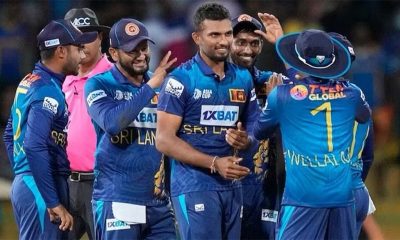
 International10 months ago
International10 months agoAsia Cup 2023: Body Blow For Sri Lanka As Lead Spinner Likely To Miss Final Against India
-
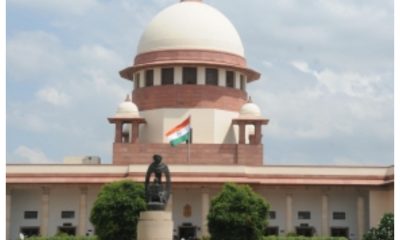
 Crime2 years ago
Crime2 years ago‘You must stop this’, SC expresses concern on hate speeches made at Dharam Sansads
-

 Bollywood11 months ago
Bollywood11 months agoWith Rs.75 Cr, Shah Rukh Khan Breaks His Own Record As Jawan Beats Pathaan On Day 1 At Box Office
-

 Entertainment2 years ago
Entertainment2 years agoRakhi Sawant changes name to Fatima after her wedding with Adil Khan Durrani – Check viral Nikah pics
-

 Bollywood2 years ago
Bollywood2 years agoAnushka Sharma starts shooting for her ‘Chakda Xpress’
-

 Bollywood11 months ago
Bollywood11 months agoJawan On OTT: Shah Rukh Khan’s Film Sold To Netflix For A Whopping Rs.250 Crore












